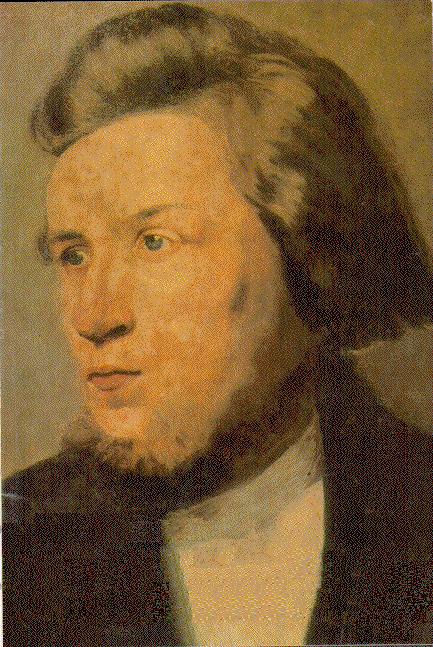
Sorry about not posting last night. I got back from Moorhead pretty late, having burned both gasoline and élan vital.
My “new” car ran just fine – wait a minute, I don’t think I’ve written about the new car here. It’s a 2005 Subaru Forester XT. Burgundy in color. Been wanting a red car for a long time, and the word on the street is these are pretty reliable. Which will make for a nice change. Also lots of room for Viking impedimenta. Anyway, she ran fine. I call her Sigrid the Haughty.
Fargo-Moorhead is about a four-hour drive from here. Although my speaking engagement was in Moorhead, Minnesota (which we like to call the Soviet Zone), I’d made a motel reservation in Fargo, North Dakota (the American Zone), just across the state border. Because I just sleep better knowing the taxes are lower. I had no complaints about the motel room until 2:00 a.m., which my phone rang. The clerk said my neighbors were complaining about the noise. This confused me, as I was asleep, and alone. It only occurred to me later that they might have been talking about my snoring. Naw, what are the chances of that?
The bygdelags are a Norwegian-American institution. Originally, as I understand it, they were organizations allowing people who came from particular regions of the old country to maintain contact over here. Nowadays they concentrate more on genealogy and keeping traditions alive. They meet for annual gatherings known as stevnes. I’d lectured to the Tre (Three) Lag Stevne twice in the past. This year a couple more lags had joined in, so it became the Flere (Several) Lag Stevne, and we were meeting in Moorhead.
I arrived in plenty of time for my 10:45 time slot, and set up my book table. When the room cleared after the previous speaker, I hurried in to set up, only to encounter something I’d never experienced before when lecturing –
Everything worked. The first time.
I plugged my laptop into the projector line and there was my image on the screen. No problem. You have to understand, I always bring my own projector in case of technical emergencies – because in my experience, something always goes wrong with projection systems. Belt and suspenders is my motto.
But they’d been running the stevne for two days already, and they had everything taped down, ready to plug and play. It was too good to be true, I thought. Surely I was being set up by fate for disaster.
But no, there was no disaster. My lecture went great. The room was nearly full. The audience was attentive, and they laughed in the right places. My talk was basically a condensed version of the account of my trip to Norway I posted here a little more than a year ago. I was worried it might be self-indulgent, too much like a neighbor’s home movies.
But you can tell when your audience is with you, and I had this bunch, apparently, at God dag. The only thing that bothered me was a distinguished-looking gentleman in the front row who seemed to be dozing off. But he came to me afterwards, when I was selling books, and told me he’d attended both my previous lectures and was a big fan. Said he enjoyed my talk very much. We discussed Haugeanism.
I figure he probably just dozed off because somebody kept him awake with their snoring in the next room the night before.
Another audience member told me that what made my lecture enjoyable was that I supplemented my photographs with stories and history. Stories make all the difference. That makes sense to me.
Anyway, it was a good day, and I sold a reasonable number of books. I’m very grateful to the Flere Lag Stevne.






